
Pianist Eric Lu - Photo: NIFC
Is classical music, considered a Western heritage, entering a period of rise due to talents from Asia?
Asian Artists in Classical Music
On October 21, Eric Lu, an American artist of Chinese and Taiwanese descent, was announced as the champion of the 19th International Fryderyk Chopin Piano Competition in Warsaw, Poland. His teacher is artist Dang Thai Son, the first Asian to win the International Chopin Piano Competition in 1980.
At the age of 28, Eric Lu is no longer the "17-year-old prodigy" who attracted attention at this competition in 2015, but is a typical face for a generation of Asian artists who are strongly rising on the world classical music map.
Eric Lu performed Piano Concerto No. 2 in F minor, Op. 21 by composer Frédéric Chopin
According to China Daily, 9 out of 11 finalists this year are of Asian descent, accounting for more than 80%. Besides Eric Lu's victory, China has three artists in the final.
Japan also had representatives in the final round with Miyu Shindo and Tianyao Lyu, and Shiori Kuwahara won fourth place in the competition.
Malaysia also made history with its first finalist Vincent Ong, who won fifth place along with Poland's Piotr Alexewicz.
Observers say that never before has the presence of Asian artists been so evident at the Chopin competition, considered one of the most prestigious arenas in the world.
From Poland, Japan to Korea and China, young artists are bringing a new breath to the space that is considered a symbol of Western classical art.
Japanese pianist Akiko Ebi, a member of the competition's jury, commented: "The presence of artists of Asian origin is becoming more and more evident. Not only China or Japan, but also Indonesia, Malaysia, Thailand and India all have remarkable young talents."
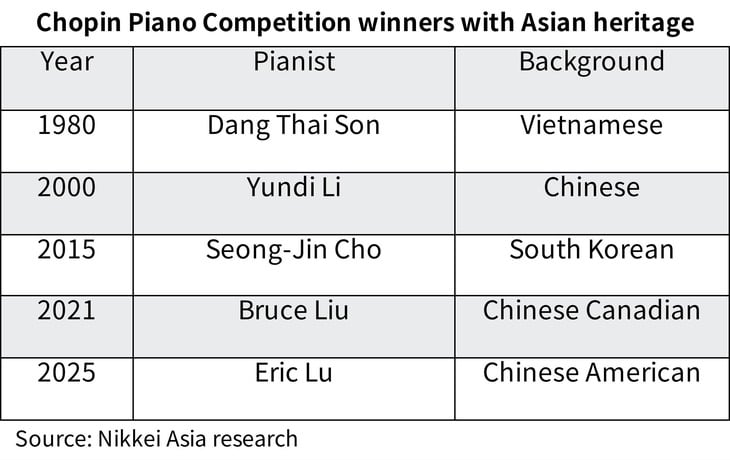
List of Chopin Piano Competition winners of Asian descent
New identity of old heritage
The success of Asian artists is not a one-off phenomenon. In many Asian countries, especially China, Korea and Japan, classical music education has been systematically invested in for decades.
Major conservatories such as the Shanghai Conservatory of Music, the Seoul Music Center or the Tokyo University of the Arts gather faculty who have trained in Europe, creating a solid foundation for the younger generation of artists.

The rise of international names (from left) such as Lang Lang, Yundi Li, Seong Jin Cho or Yuja Wang also contributed to the strong inspiration.
Not only are they symbols of success, but they also show that Asian artists can reach the top of the world music scene while still maintaining their own identity.
At the same time, technological developments have expanded the reach of competitions like Chopin and Tchaikovsky through online streaming.
Millions of views from around the world give audiences easy access to young artists, making them familiar faces overnight.
Thanks to that, classical music is increasingly stepping out of the academic space, gradually becoming a bridge connecting the cultures of many countries.
When Chopin, Beethoven or Rachmaninoff pieces are performed by artists from Beijing, Seoul or Kuala Lumpur, it is no longer a "copy" of Western standards, but a new interpretation that breathes the new era.
"Music has no nationality. When an artist plays with all their heart, the audience can feel it, wherever they come from," a judge at the Chopin competition told Reuters.

From a broader perspective, the rise of Asian artists reflects a profound cultural exchange - Photo: @chopininstitute
For a generation of artists like Eric Lu, Yuja Wang or Seong Jin Cho, "affirming one's position" is not just about awards.
It is also in the way they bring a new way of storytelling to classical music, both preserving the heritage and opening up dialogue between cultures. They are not only gradually affirming but also contributing to renewing and reviving that heritage in the unique way of each generation.
Source: https://tuoitre.vn/nghe-si-piano-goc-a-dang-vuon-len-tren-san-khau-am-nhac-co-dien-the-gioi-20251103014957454.htm





![[Photo] Government holds a special meeting on 8 decrees related to the International Financial Center in Vietnam](https://vphoto.vietnam.vn/thumb/1200x675/vietnam/resource/IMAGE/2025/11/04/1762229370189_dsc-9764-jpg.webp)
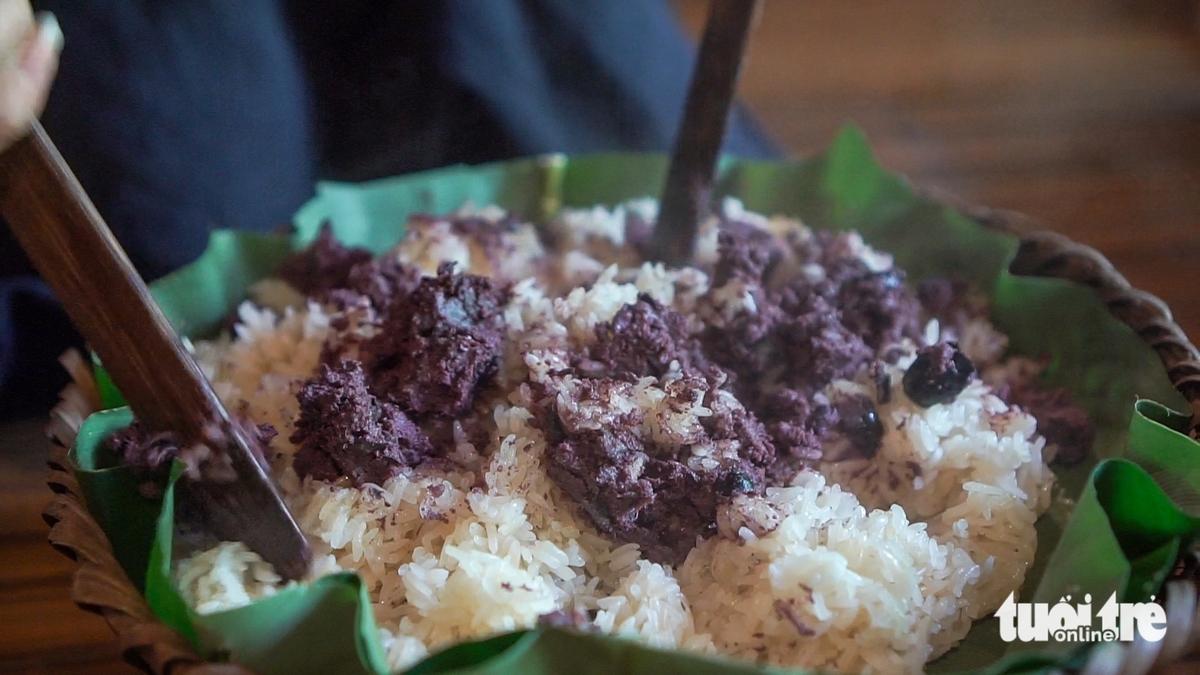



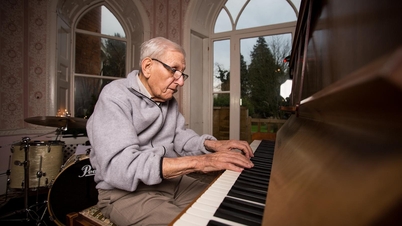












































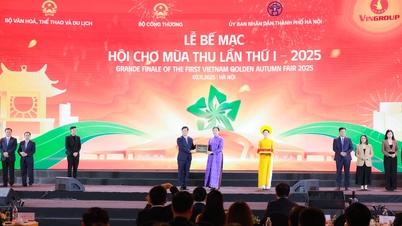

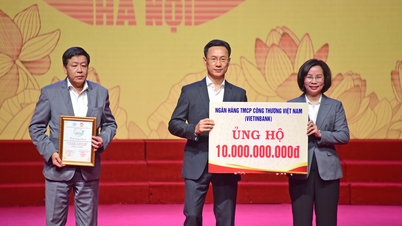











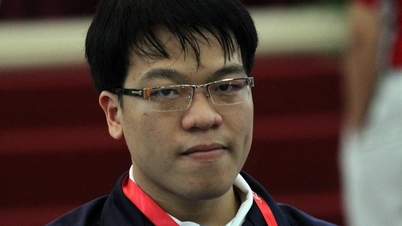
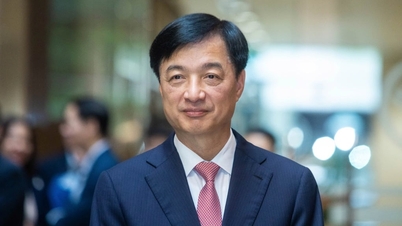










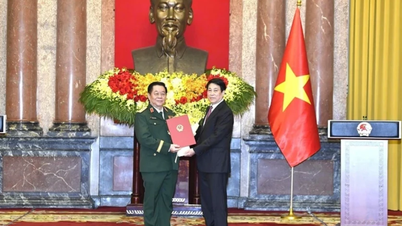



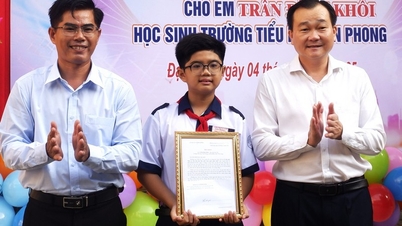


















Comment (0)